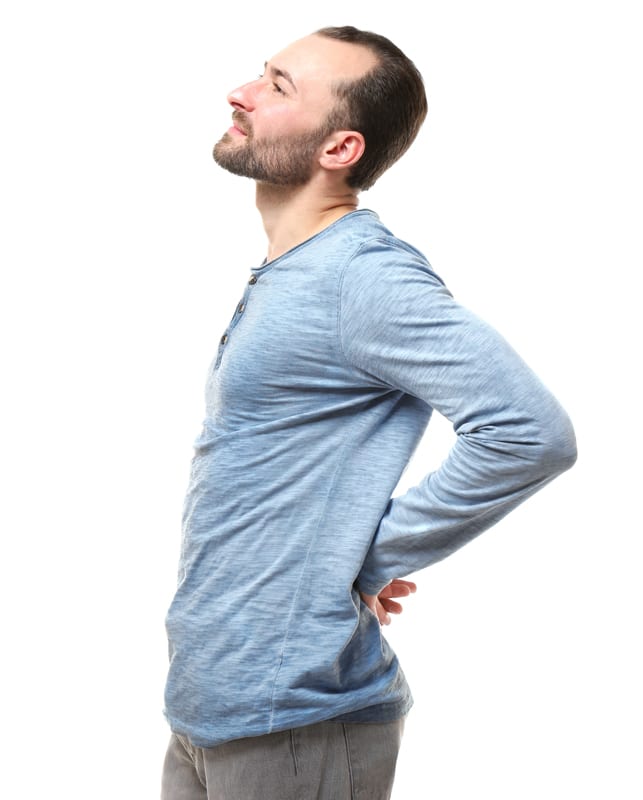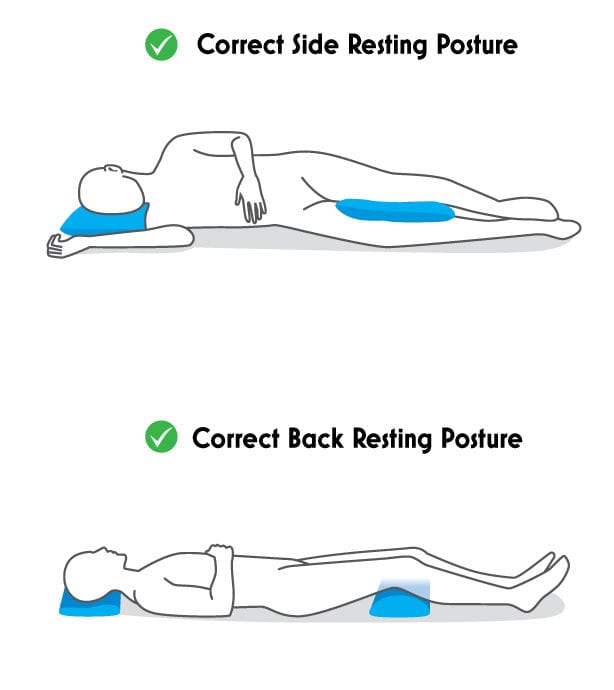Back Pain & Social Distancing
Part 2: When to Rest and When to Move – Treating Back Pain at Home
As one of the most common reasons we go to the doctor, back pain remains a nuisance for us all. The good news is in most cases the pain is temporary, but what can you do to help it go away? In a time of social distancing, it’s important to have ideas for treating back pain at home. Most of us have heard that bed rest is the best idea when suffering from back pain, but current studies show that it may actually delay your recovery.

Back Pain Lingering?
See a Doctor Today
Treating Back Pain at Home with Bed Rest?
Bed rest was once a common recommendation to treat back pain, but its role in healing sore backs may be more limited than you think. Bed rest can give you a break from pain that flares up when standing or sitting too long, but too much rest may make it worse.
Staying in bed for a prolonged time can cause your muscles to lose strength and flexibility. While rest may make you feel better in the short term, but the loss of strength and flexibility can make your muscles stiffen and more likely to spasm. It’s best to keep your rest periods brief.
Rest on a firm bed or sofa in a comfortable position and keep pillows under your head. If you prefer lying on your back keep another pillow under your knees, or if you lie on your side keep it between your knees. The extra pillows help keep the spine properly aligned and reduce the stress on discs, ligaments, and muscles.
Whichever way you prefer to rest, it’s best to do so for no more than a few hours at a time, and for no longer than two days, preferably one. It’s important to resume normal range of motion activities as soon as possible, resting only as needed.
Treating Back Pain at Home with Stretches?
So when is it safe to stretch and move? As soon as comfortably possible! When treating back pain at home, it’s best to start with simple movement, such as walking, within a day or two of your injury. Walking at a moderate pace for 10 to 15 minutes twice a day is a good way to start.
As with any exercise program following an injury, check with your doctor before performing any activity that causes pain or discomfort. Simple low-intensity stretches and movements can help improve blood flow and muscle elasticity which will help the healing process.
Try putting your hands in your back pockets and pushing your chest forward, creating a natural arc in your back. Or lying on your stomach and pushing your chest gently off the floor. It’s important to remember not to push through any pain. If it hurts, stop. Clinical trials suggest that an early return to normal activities – with rest as needed – promotes better long-term recovery than staying in bed.

Should a Doctor Treat Back Pain?
If you have an attack of severe lower back pain that doesn’t get better after a short period of activity, we’d recommend having an assessment and treatment recommendation by a healthcare professional. Most lower back pain is caused by day-to-day activity and stress leading to musculoskeletal pain. In these cases, your doctor may recommend passive treatments such as heat, ice, adjustment, physiotherapy, massage, or over-the-counter medications to help manage the pain. In some cases the pain is caused by something more serious, such as a spinal disorder, fracture, or herniated disc. In these cases your doctor will order advanced imaging and have other treatment options, focusing first on addressing your acute pain and then creating a long-term plan for therapy and exercise to keep the pain from returning.



